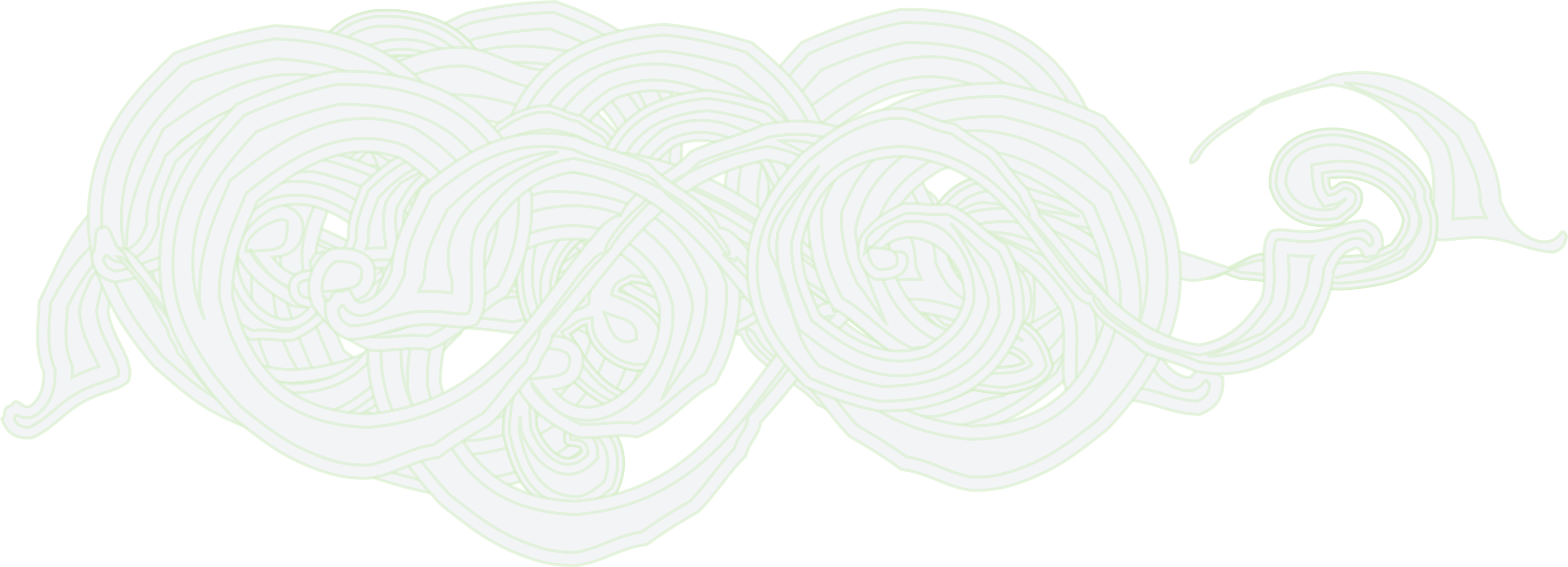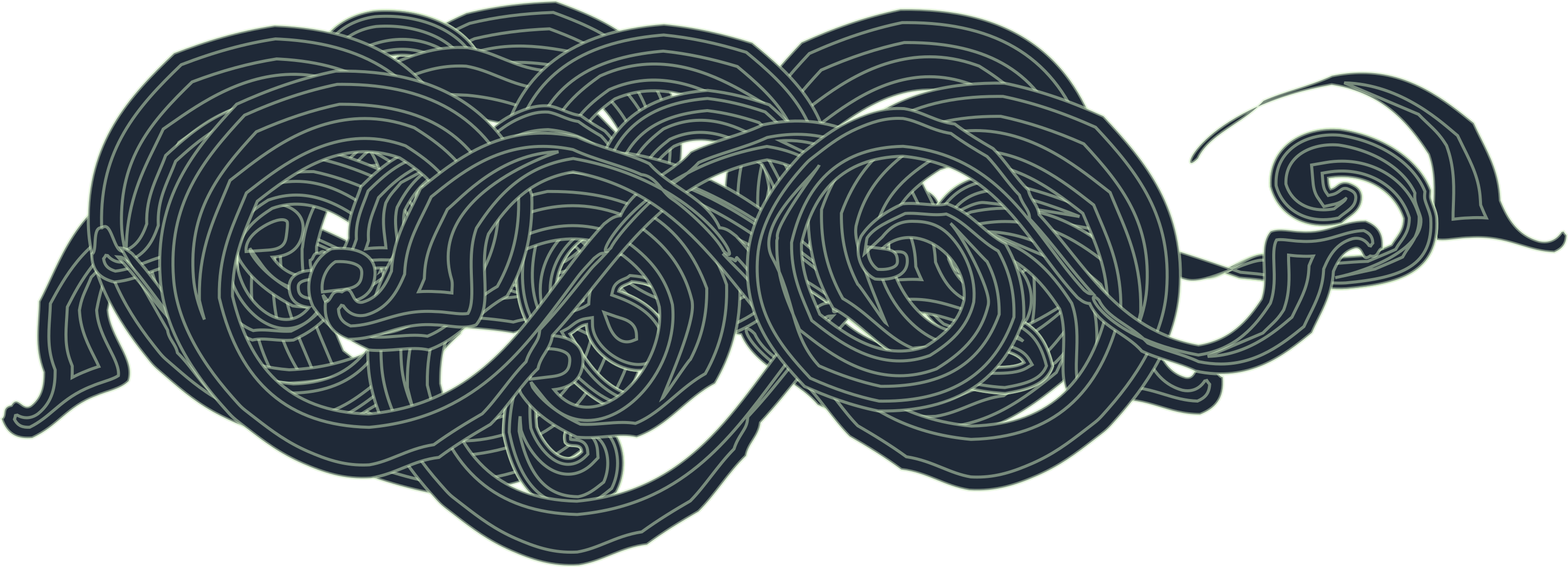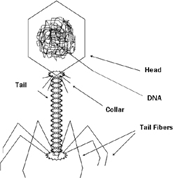

The Discovery of Bacteriophage
Bacteriophages are bacterial viruses that attach to their specific hosts and kill them by internal replication and bacterial lysis. According to most estimates, bacteriophages inhabited Earth about 3.5 billion years ago, and since that time they have controlled the levels of bacteria in the environment via a classical "predator-prey" relationship. However, the existence of bacteriophages was not known until the early part of the 20th century, when they were identified by Felix d'Herelle who called them bacteriophages or bacteria-eaters (from the Greek phago meaning to eat or devour). At that time, with the age of antibiotics still in the future, bacteriophages were considered to be a powerful cure for bacterial infections, and they were therapeutically utilized throughout the world during the pre-antibiotic era. Although exact numbers are impossible to calculate, it is likely that hundreds of thousands of people have been treated with various therapeutic phage preparations since their first therapeutic use at the Hôpital des Enfants-Malades in Paris in 1919. Bacteriophages naturally inhabit various parts of the human body (e.g., the mouth, skin, gastrointestinal tract, etc.) and humans daily eat many foods containing bacteriophages.
Numerous published studies have indicated that the therapeutic use of phages in humans and animals is very safe; i.e., serious adverse reactions have never been reported. However, since some early studies reported that phage therapy was not always effective, the advent of antibiotics (which seemed to be like "magic bullets" against numerous pathogenic bacteria) gradually caused phage therapy to fall out-of-favor in the United States and Western Europe. Several factors (reviewed in more detail in 1,2), including the lack of a general understanding of phage biology and imperfections in the diagnostic bacteriology techniques available at that time, contributed to the failure of some of the early phage therapy studies and to the associated decline of interest in phage therapy in the West. However, at the same time, phage therapy continued to be utilized in the former Soviet Union (FSU) and in various other countries of Eastern Europe. In the FSU and Eastern Europe - and during the "pre-antibiotic era," in the United States, Western Europe and Australia - phage therapy was used to treat a wide range of bacterial infections, ranging from skin infections to septicemia. Among the many routes of phage administration, oral and topical routes were the most frequently used.
The rapid and alarming emergence of antibiotic-resistant "superbugs" has rekindled interest in phage therapy in the West. Intralytix, Inc., is the pioneering USA company working to develop and commercialize therapeutic phages. Our approach is based on the results of research supporting the belief that bacteriophages can help to solve problems regarding (i) bacterial contamination during food processing, (ii) hospital and environmental sanitation, (iii) human and animal diseases caused by pathogenic bacteria, including antibiotic-resistant bacteria, and (iv) microbiome modulation for various health benefits.
References:
- Summers, W. C., Bacteriophage therapy, Annu Rev Microbiol 55, 437-51, 2001.
- Sulakvelidze, A., Alavidze, Z., and Morris, J. G., Jr., Bacteriophage therapy, Antimicrob Agents Chemother 45 (3), 649-659, 2001.







